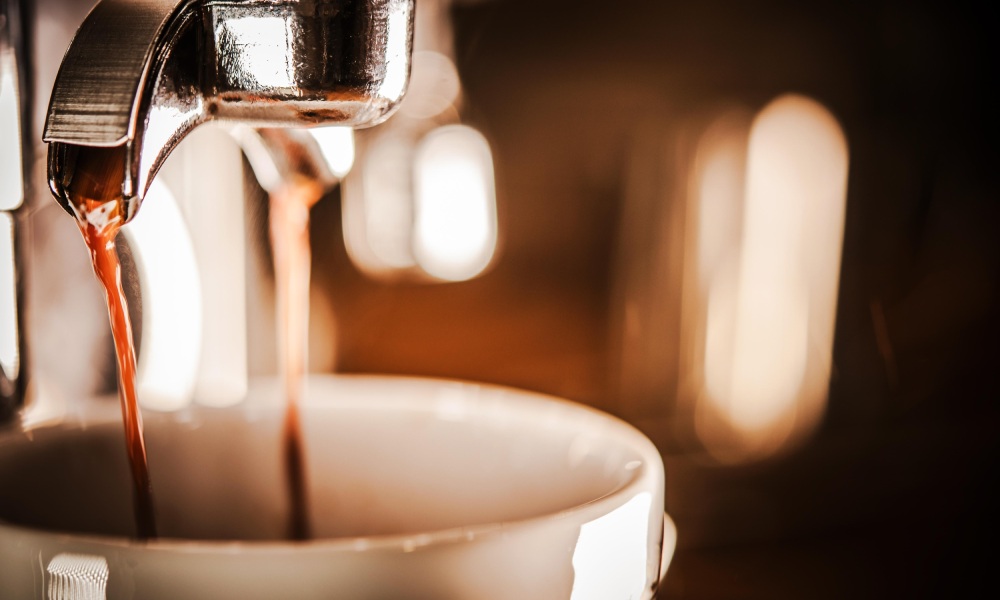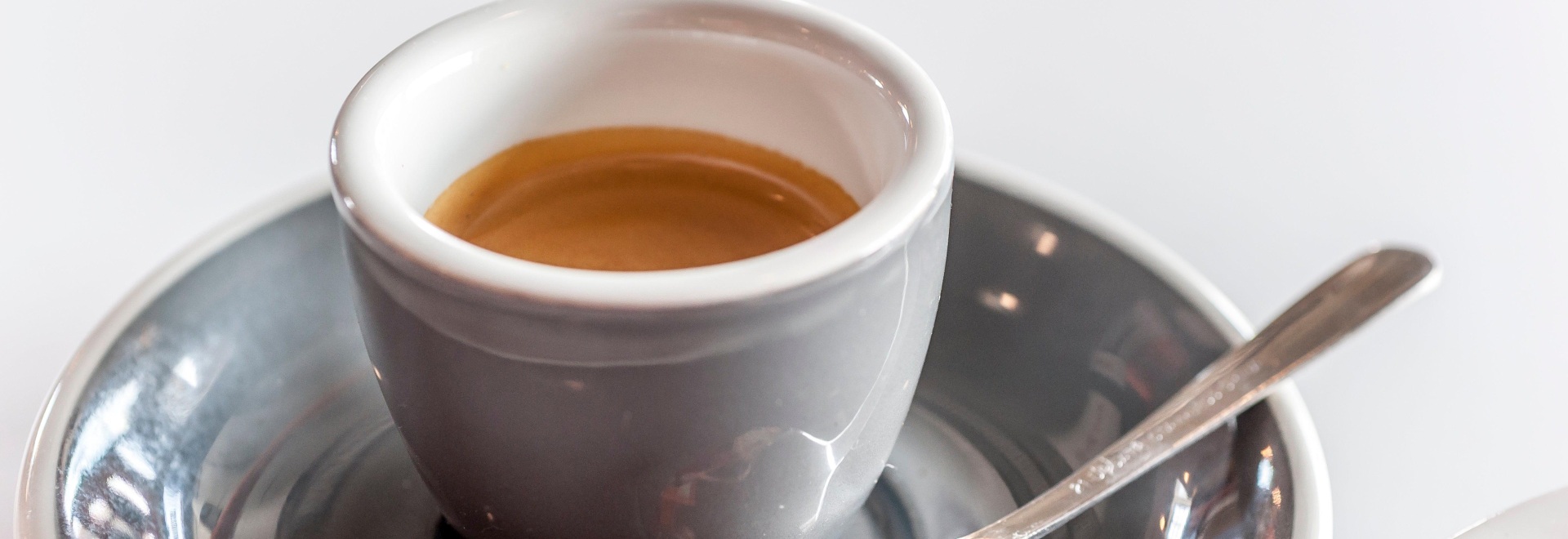Debunking the 10-second espresso myth
Ben Mitchell speaks with operations developer at Betty & Taylors of Harrogate, William Woodhouse-Banks, to dissect the belief that espresso is only good for ten seconds after brewing.
Myths abound in the coffee industry. How many times have you been told that dark roasts are higher in caffeine (they’re not) and that single origins are higher quality than blends (not always)?
However, while some myths come and go, one that’s stuck is the concept of the ten-second espresso.
Essentially, this school of thought maintains that a shot of espresso should be consumed – or mixed with milk or other ingredients like milk – within ten seconds of brewing. If not, it spoils.
However, some coffee professionals, like William Woodhouse-Banks of Bettys and Taylors of Harrogate, think that the ten-second espresso has more to do with speedy service than with coffee science.
These days, Will is the Operations Developer at Bettys & Taylors, working within the Innovations Team and developing the company’s specialty coffee brand, Taylor’s Discovery. However, he began his coffee journey at Starbucks, where he first encountered the myth.
“I feel fairly confident that it’s a white lie told by Starbucks to increase the efficiency of their baristas,” he admits. “It was definitely in the training manual.”
Indeed, the Starbucks Training Manual dictates that “a brewed shot of espresso is only fresh for ten seconds and should be incorporated into milk or other ingredients immediately”.
Baristas are often expected to handle huge numbers of orders during “rushes”. For Will, the sole purpose of the myth is to “encourage everyone to move a little faster and with a sense of urgency.”

What does the science say?
Research has conclusively shown that the chemical structure of espresso changes as soon as it exits the filter. More specifically, the oils and lipids that give espresso its creamy texture begin to oxidise, while volatile compounds within the crema begin to evaporate or return into the liquid.
After approximately ten minutes, the chlorogenic acids begin to deteriorate into quinic acids, which taste bitter and metallic.
Most espresso is brewed at between 92–96ºC, and although this temperature decreases as the liquid drops into the cup, a fresh espresso shot is still a hot drink. Evidently, consuming an espresso ten seconds post brew will exceed the pain threshold of most human tongues and cause scalding.
Not only does this entirely obscure the burst of flavours in the initial sip, but it may ruin one’s chances of tasting anything at all for quite some time.William advises allowing the espresso to cool, as this will increase perceived acidity and “open up” the flavours the coffee has to offer.
In one video, roaster and YouTuber, Sprometheus, tested espresso at intervals of ten seconds up to ten minutes. At ten seconds and 69ºC, he found the espresso too hot and without nuance. As time progressed from one to three minutes, the espresso became noticeably sweeter and brighter.
Broader flavour notes emerged at four minutes, bringing a fuller aftertaste. At ten minutes, he tasted harsher notes and the espresso became bitter, with a metallic finish.
He noted that mouthfeel also changed as time went on. After ten seconds, the espresso was full and creamy and it held a good texture until around three minutes, before gradually deteriorating.
This demonstrates the fact that as soon as an espresso is served, it begins to thin, giving some credence to the myth, especially for coffee drinkers who enjoy creamier textures.

Separating fact from fiction
Some have taken the derivation of espresso from “express” as indicative of the speed at which the drink should be consumed. In reality, espresso is not only derived from “express” in the sense of “speed”, but as “expressed”, referring to the way water is pressed out through the ground coffee.
Another consequence of the myth may be the creation of unnecessary waste. In the barista workflow of many coffee shops, espresso is often left standing until it’s collected by a waiter or mixed with milk.
In reality, plenty of perfectly good espresso shots would be wasted if they simply expired after ten seconds. As such, William says that the ten-second rule doesn’t carry much credence in specialty coffee shops.
“Baristas are dialling in and tasting their shots, and have found out for themselves that a three minute espresso is a completely enjoyable drink,” he adds.
One way to dispel this myth is through customer engagement. If baristas are able to explain to customers that an espresso can be sipped slowly – instead of being slammed down in one eye-watering, mouth-scorching gulp – perhaps it won’t be a problem for overextended baristas for much longer.
In reality, innovations are emerging that offer genuine support for baristas. For instance, superautomatic espresso machines can augment barista service during rushes, and modular setups like the Heylo Coffee and Milk Modules streamline espresso brewing by using new technologies like pressure profiling and temperature control.
In the end, though, no matter how the coffee industry changes in the years to come, it’s likely that myths like the ten-second espresso will continue to persist, no matter how much science says otherwise.







